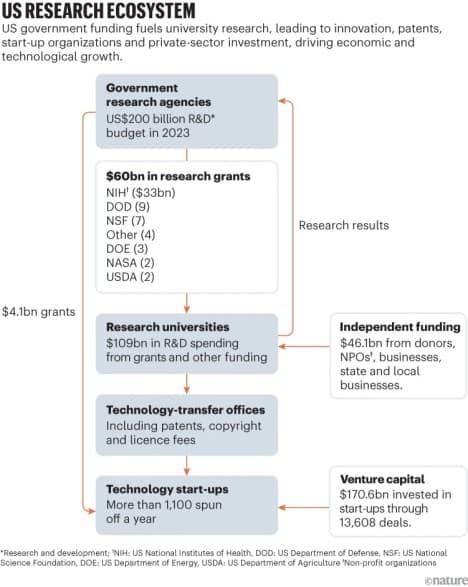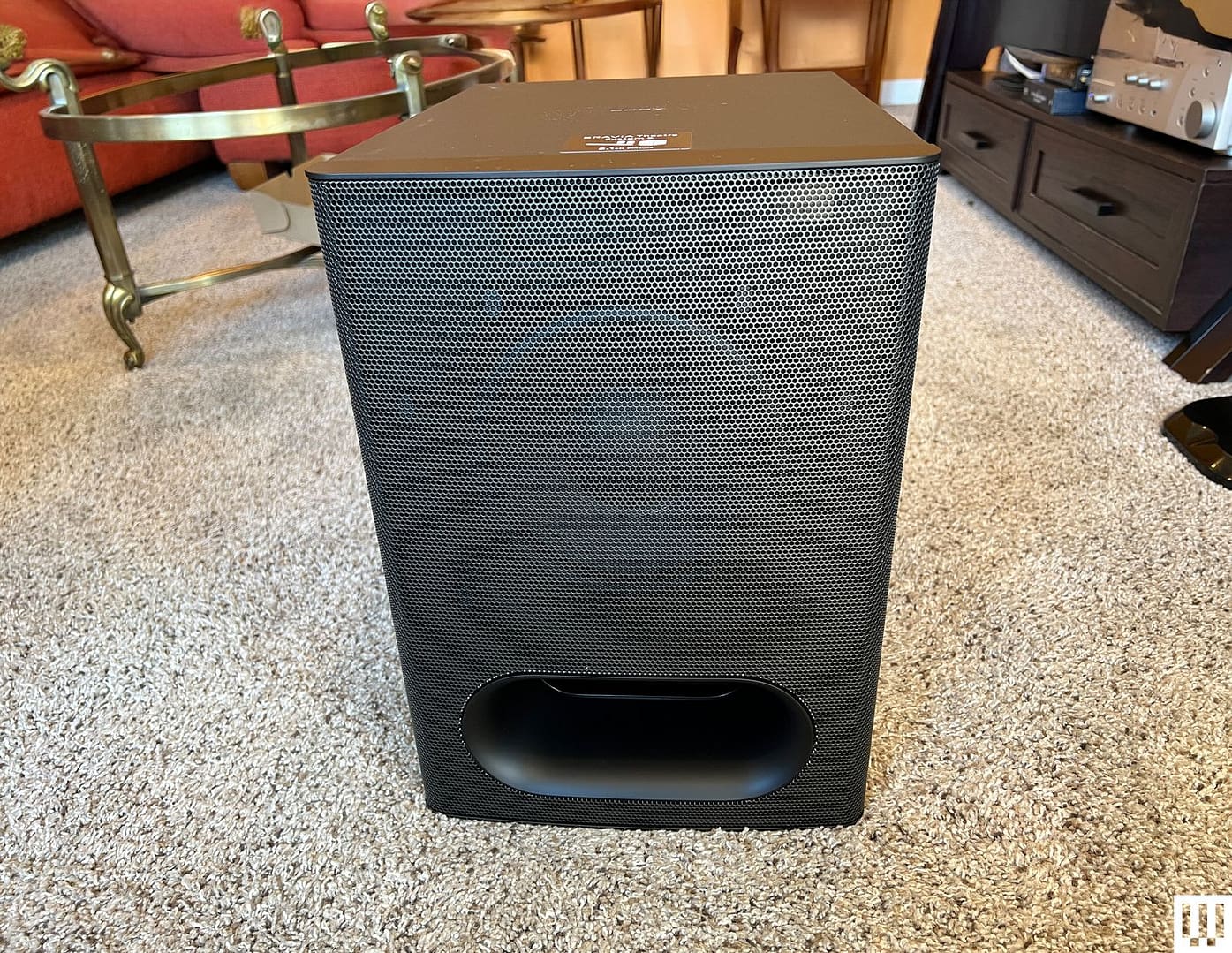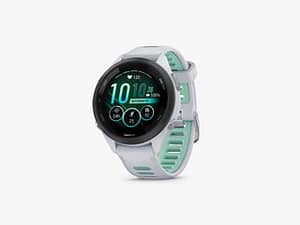Netflix Expands HDR Support with HDR10+ Streaming on Compatible Devices
Netflix is enhancing its streaming experience by adding support for HDR10+, alongside its existing HDR10 and Dolby Vision formats. This move ensures that Netflix now supports all three major high dynamic range (HDR) formats, improving visual fidelity for its extensive library of shows and movies.

What is HDR10+ and Why Does it Matter?
HDR10+ builds upon HDR10 by offering dynamic metadata, which adjusts brightness and contrast on a per-frame basis. This results in sharper details, richer colors, and better contrast, especially in darker scenes—a key feature for Netflix’s often moody and atmospheric original programming.
HDR10+ Now Powered by AV1 Codec
Netflix is rolling out HDR10+ support using the AV1 codec, a highly efficient video compression technology developed to optimize 4K streaming while using less bandwidth. The AV1 codec was initially adopted to help mobile users save data but has since become a standard for high-quality streaming across various platforms.
The company has started enabling HDR10+ playback on select titles, with plans to expand its HDR offerings over time. To access HDR10+ content, users need a Netflix Premium subscription and a compatible device that supports both AV1 and HDR10+—this includes most modern smartphones, tablets, and select smart TVs.
The Growing Importance of HDR in Streaming
Since introducing HDR support in 2016 with Marco Polo, Netflix has been at the forefront of delivering high-quality video experiences. Today, HDR has become a defining feature of modern TV and movies, ensuring viewers can experience deeper blacks, brighter highlights, and an overall enhanced picture.
Netflix recently shared new data highlighting HDR streaming growth:
- HDR streaming has increased by over 300% in the past five years.
- More than 11,000 hours of HDR content are now available on the platform.
- The number of HDR-capable devices connecting to Netflix has doubled in the same period.
What Devices Support HDR10+ on Netflix?
HDR10+ support is rolling out to a range of devices, including:
- HDR-capable smart TVs (most modern mid-range and high-end models).
- Media players like Apple TV 4K (3rd Gen) and Google TV Streamer.
- Mobile devices with AV1 and HDR10+ support.
How Does HDR10+ Compare to Dolby Vision?
If you already have a Dolby Vision-compatible display, you might not notice much difference, as Netflix defaults to Dolby Vision when available. However, if your TV supports HDR10+ but not Dolby Vision, this update ensures better picture quality across all supported content.
Netflix’s Future with AV1 and HDR10+
Netflix has already seen great success with AV1 encoding for SDR content, with AV1-SDR becoming the second most-streamed codec on the platform after H.264/AVC. Now, with the addition of HDR10+ streaming via AV1, the company expects AV1 to eventually become Netflix’s most-used codec.
“AV1 is one of the most efficient codecs available today. With HDR10+ streams joining AV1, we expect AV1 to soon become our most-streamed format,” Netflix stated.
For more details on HDR10+ and its impact on streaming, check out FlatpanelsHD’s full coverage or Engadget’s analysis.
For the latest updates on streaming technology and entertainment, visit TechieBrief.











Post Comment